Family Verbenaceae Higher classification Verbenaceae | Scientific name Verbena Rank Genus | |
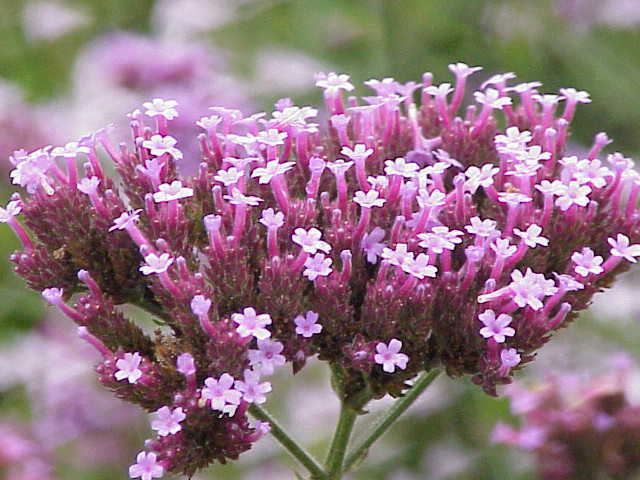 | ||
Lower classifications Verbena officinalis, Verbena bonariensis, Garden verbena, Verbena hastata, Verbena rigida | ||
Verbena care
Verbena (/vərˈbiːnə/, vervain) is a genus in the family Verbenaceae. It contains about 250 species of annual and perennial herbaceous or semi-woody flowering plants. The majority of the species are native to the Americas and Asia.
Contents
- Verbena care
- 312 how to collect and save verbena seed hindi urdu 25 2 17
- Description
- Cultivation
- Pests and diseases
- Other uses
- In culture
- Selected species
- References
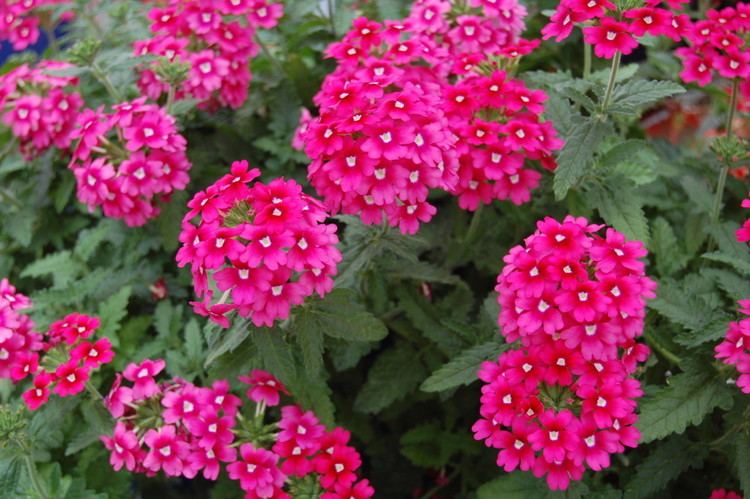
312 how to collect and save verbena seed hindi urdu 25 2 17
Description
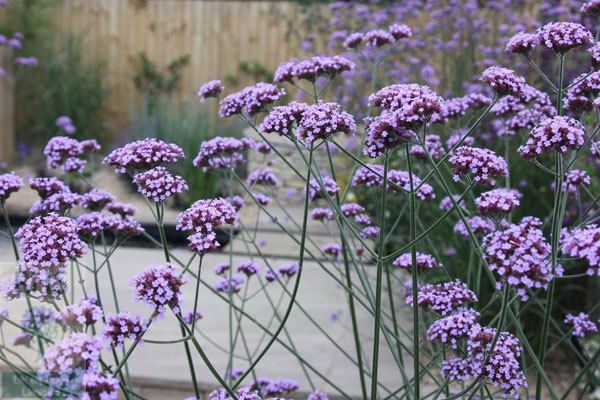
The leaves are usually opposite, simple, and in many species hairy, often densely so. The flowers are small, with five petals, and borne in dense spikes. Typically some shade of blue, they may also be white, pink, or purple, especially in cultivars.
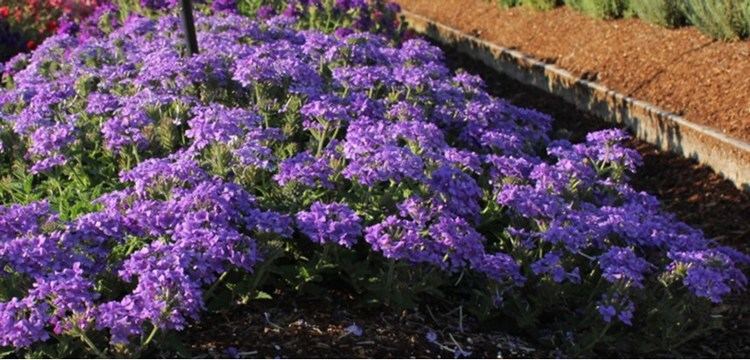
The genus can be divided into a diploid North American and a polyploid South American lineage, both with a base chromosome number of seven. The European species is derived from the North American lineage. It seems that verbena as well as the related mock vervains (Glandularia) evolved from the assemblage provisionally treated under the genus name Junellia; both other genera were usually included in the Verbenaceae until the 1990s. Intergeneric chloroplast gene transfer by an undetermined mechanism – though probably not hybridization – has occurred at least twice from vervains to Glandularia, between the ancestors of the present-day South American lineages and once more recently, between V. orcuttiana or V. hastata and G. bipinnatifida. In addition, several species of verbena are of natural hybrid origin; the well-known garden vervain has an entirely muddy history. The relationships of this close-knit group are therefore hard to resolve with standard methods of computational phylogenetics.
Cultivation
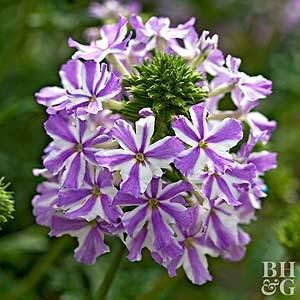
Some species, hybrids and cultivars of verbena are used as ornamental plants. They are drought-resistant, tolerating full to partial sun, and enjoy well-drained, average soils. Plants are usually grown from seed. Some species and hybrids are not hardy and are treated as half-hardy annuals in bedding schemes.
They are valued in butterfly gardening in suitable climates, attracting Lepidoptera such as the Hummingbird hawk-moth, Chocolate albatross, or the Pipevine swallowtail, and also hummingbirds, especially V. officinalis, which is also grown as a honey plant.
The hybrid cultivars "Silver Anne" and "Sissinghurst" have gained the Royal Horticultural Society's Award of Garden Merit.
Pests and diseases
For some verbena pathogens, see List of verbena diseases. Cultivated verbenas are sometimes parasitized by Sweet potato whitefly (Bemisia tabaci) and spread this pest to other crops.
Other uses
Verbena has longstanding use in herbalism and folk medicine, usually as an herbal tea. Nicholas Culpeper's 1652 The English Physitian discusses folk uses. Among other effects, it may act as a galactagogue (promotes lactation) and possibly sex steroid analogue. The plants are also sometimes used as abortifacient. Verbena has been listed as one of the 38 plants used to prepare Bach flower remedies, a kind of alternative medicine promoted for its effect on health. However, according to Cancer Research UK, "there is no scientific evidence to prove that flower remedies can control, cure or prevent any type of disease, including cancer".
The essential oil of various species, mainly common vervain, is traded as "Spanish verbena oil". Considered inferior to oil of lemon verbena in perfumery, it is of some commercial importance for herbalism and it seems to be a promising source of medical compounds. Verveine, the famous green liqueur from the region of Le Puy-en-Velay (France) is flavored with these vervains.
In culture
Verbena has long been associated with divine and other supernatural forces. It was called "tears of Isis" in ancient Egypt, and later called "Hera's tears". In ancient Greece it was dedicated to Eos Erigineia. In the early Christian era, folk legend stated that V. officinalis was used to staunch Jesus' wounds after his removal from the cross. It was consequently called "holy herb" or (e.g. in Wales) "Devil's bane".
Vervain flowers are engraved on cimaruta, Italian anti-stregheria charms. In the 1870 The History and Practice of Magic by "Paul Christian" (Jean Baptiste Pitois) it is employed in the preparation of a mandragora charm. The book also describes its antiseptic capabilities (p. 336), and use as a protection against spells (pp. 339, 414).
While common vervain is not native to North America, it has been introduced there and for example the Pawnee have adopted it as an entheogen enhancer and in oneiromancy (dream divination), much as Calea zacatechichi is used in Mexico.
The generic name is the Latin term for a plant sacred to the ancient Romans. Pliny the Elder describes verbena presented on Jupiter altars; it is not entirely clear if this referred to a verbena rather than the general term for prime sacrificial herbs.
The common names of verbena in many Central and Eastern European languages often associate it with iron. These include for example the Dutch IJzerhard ("iron-hard"), Danish Læge-Jernurt ("medical ironwort"), German Echtes Eisenkraut ("true ironherb"), Slovak Železník lekársky ("medical ironherb"), and Hungarian vasfű ("iron grass"). An indeterminate vervain is among the plants on the eighth panel of the New World Tapestry (Expedition to Cape Cod).
In the Victorian language of flowers, verbena held the dual meaning of enchantment and sensibility.
